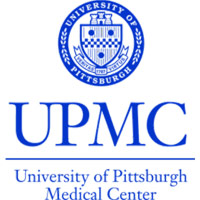
Researchers used human heart precursor cells to get a decellularized mouse heart to beat again. Credit: Wikipedia
A newly published study details how researchers used human heart precursor cells to get a decellularized mouse heart to beat again.
Pittsburgh – For the first time, a mouse heart was able to contract and beat again after its own cells were stripped and replaced with human heart precursor cells, said scientists from the University of Pittsburgh School of Medicine. The findings, reported online today in Nature Communications, show the promise that regenerating a functional organ by placing human induced pluripotent stem (iPS) cells – which could be personalized for the recipient – in a three-dimensional scaffold could have for transplantation, drug testing models and understanding heart development.
In the United States, one person dies of heart disease every 34 seconds, and more than 5 million people suffer from heart failure, meaning a reduced ability to pump blood, said senior investigator Lei Yang, Ph.D., assistant professor of developmental biology, Pitt School of Medicine. More than half of heart disease patients do not respond to current therapies and there is a scarcity of donor organs for transplant.
“Scientists have been looking to regenerative medicine and tissue engineering approaches to find new solutions for this important problem,” Dr. Yang said. “The ability to replace a piece of tissue damaged by a heart attack, or perhaps an entire organ, could be very helpful for these patients.”
For the project, the research team first “decellularized,” or removed all the cells, from a mouse heart, a process that takes about 10 hours using a variety of agents. Then, they repopulated the remaining heart framework, or scaffold, with multipotential cardiovascular progenitor (MCP) cells. These replacement cells were produced by reverse engineering fibroblast cells from a small skin biopsy to make induced pluripotent stem cells and then treating the iPS cells with special growth factors to further induce differentiation.
“This process makes MCPs, which are precursor cells that can further differentiate into three kinds of cells the heart uses, including cardiomyocytes, endothelial cells, and smooth muscle cells,” Dr. Yang explained. “Nobody has tried using these MCPs for heart regeneration before. It turns out that the heart’s extracellular matrix – the material that is the substrate of heart scaffold – can send signals to guide the MCPs into becoming the specialized cells that are needed for proper heart function.”
After a few weeks, the mouse heart had not only been rebuilt with human cells, it also began contracting again, at the rate of 40 to 50 beats per minute, the researchers found. More work must be done to make the heart contract strongly enough to be able to pump blood effectively, and to rebuild the heart’s electrical conduction system correctly so that the heart rate speeds up and slows down appropriately.
In the future, it might be possible to take a simple skin biopsy from a patient to derive personalized MCPs that can be used to seed a biologic scaffold and regenerate a replacement organ suitable for transplantation, Dr. Yang noted. The model also could be used as a lab-based method to preclinically test the effect of new drugs on the heart or to study how the fetal heart might develop.
“One of our next goals is to see if it’s feasible to make a patch of human heart muscle,” he added. “We could use patches to replace a region damaged by a heart attack. That might be easier to achieve because it won’t require as many cells as a whole human-sized organ would.”
Co-authors include Tung-Ying Lu, Ph.D., Bo Lin, Ph.D., and Kimimasa Tobita, M.D., all of the Department of Developmental Biology at Pitt; Jong Kim, Ph.D., and Guy Salama, Ph.D., of the UPMC Heart and Vascular Institute; and Mara Sullivan, of the Center for Biologic Imaging at Pitt.
The project was funded by the University of Pittsburgh, the American Heart Association, and the National Science Council (Taiwan).
Reference: “Repopulation of decellularized mouse heart with human induced pluripotent stem cell-derived cardiovascular progenitor cells” by Tung-Ying Lu, Bo Lin, Jong Kim, Mara Sullivan, Kimimasa Tobita, Guy Salama and Lei Yang, 13 August 2013, Nature Communications.
DOI: 10.1038/ncomms3307

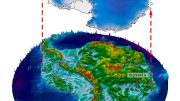
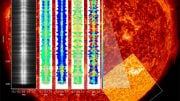
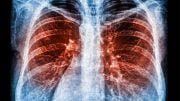
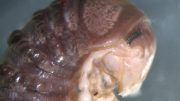

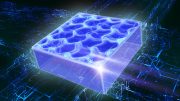

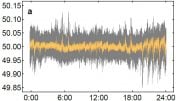
Be the first to comment on "Human Heart Precursor Cells Regenerate Decellularized Mouse Heart"